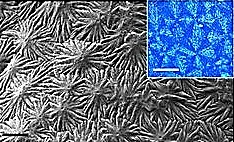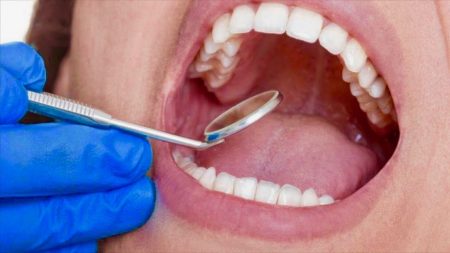June 3, 2018 – I don’t know about you but going for my semi-annual dental checkup is not one of my favourite pastimes. When I give someone rights of access to my mouth I can’t help but remember the movie “Marathon Man” and the nightmares it precipitated. Fortunately, I trust my dentist and am glad I chose her. But what will I tell her when I see her this month after reading about the latest new research from Queen Mary University of London, where scientists and engineers may have discovered a way to grow mineralized materials including tooth enamel and bone.
Tooth enamel is considered the hardest tissue in our bodies. And although bone is hard it can do one thing enamel can’t. Break a bone and the body can regrow. Break a tooth and you are out of luck. Once tooth enamel goes we have to have dentists deal with the consequences: cavities, pain, damage to the root, and eventually root canal and a crown. These are problems that more than half of the world’s population deal with in a lifetime, and the reason why dentists exist.
Sherif Elsharkaway, a dentist, and an author of the paper appearing in Nature Communications entitled, “Protein disorder-order interplay to guide the growth of hierarchical mineralized structures,” describes the work as “exciting because the simplicity and versatility of the mineralization platform opens up opportunities to treat and regenerate dental tissues.” The mechanism behind regrowth is creating hierarchically organized architecture from apatite nanoparticles that mimic the characteristics of natural human enamel. Controlling the mineralization opens up opportunities for regenerative medicine including regrowing tooth enamel.
The lead author, Professor Alvaro Mata, Queen Mary’s School of Engineering and Materials Science, describes the utility of the discovery in terms of our ability to learn from nature. He notes that being able to have precise control at the molecular level makes it possible “to exploit disordered proteins to control and guide the process of mineralization at multiple scales…..a technique to easily grow synthetic materials that emulate such hierarchically organized architecture over large areas and with the capacity to tune their properties.”
With my upcoming visit to the dentist in another two weeks, I can hardly wait to tell her that she may soon be practicing a very different type of dentistry.










